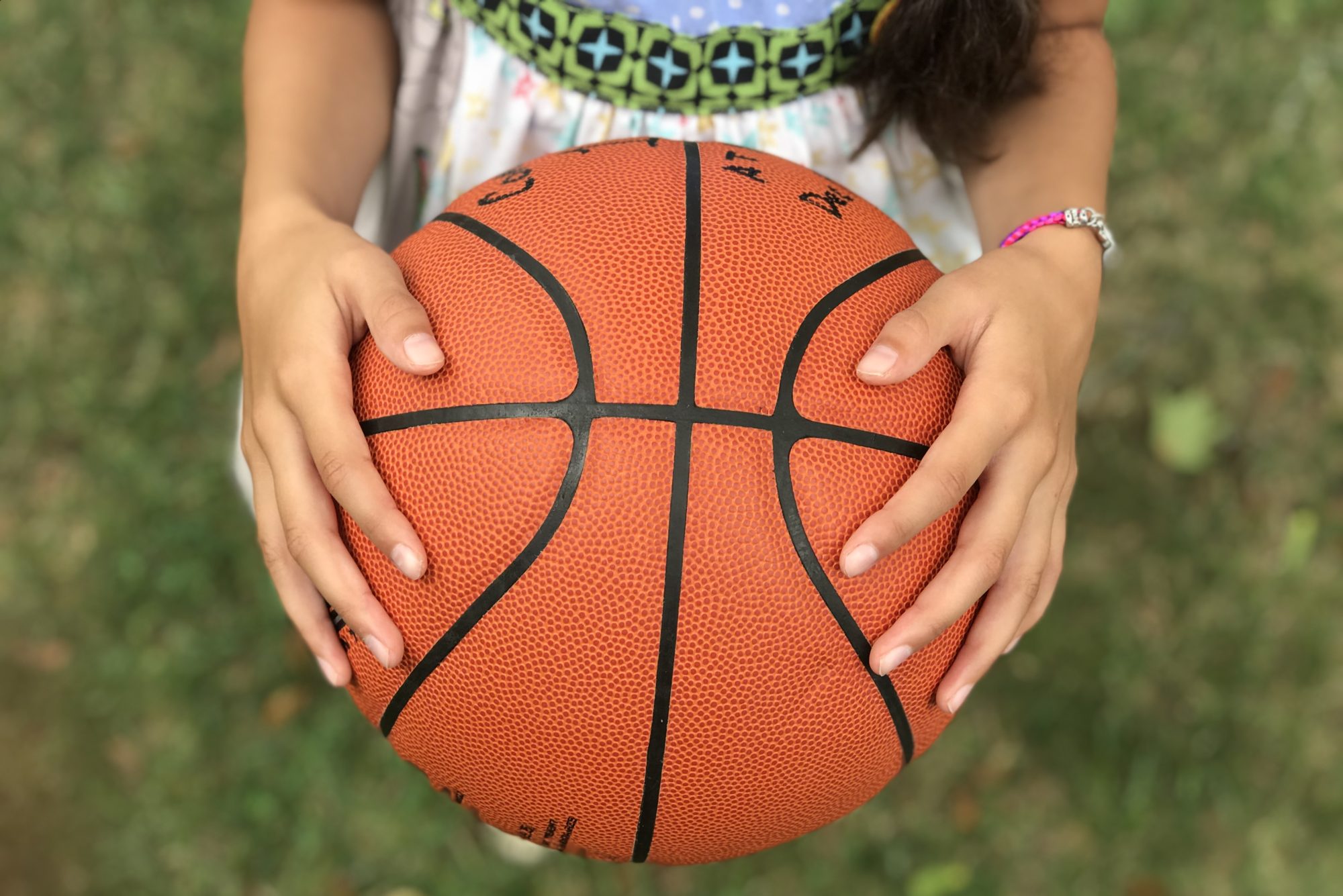
By: Matt Johnson, Director of Men’s Basketball Strength and Conditioning at Butler University
Twitter & Instagram: @StrengthCoachMJ
58,318 – the number of causalities suffered during the Vietnam War. We honor them with a memorial of etched marble in the shape of a healing wound in Washington, DC. It serves as a reminder of the price of our freedom.
Sacrifice is a word thrown around by many coaches. Over the years, what I’ve found is that kids don’t understand what the word means. Sometimes drawing a parallel beyond sport is the best educational method for athletes.
Every athlete has dreams in life. They all want to excel in and outside the lines of sport. If you ask them, more times than not they will say “Get a college degree and go pro.” They enlist to accomplish their goals.
Every soldier has dreams in life. A doctor, lawyer, start a business, have a house, husband/wife and happy children. They also enlist but their goals get set aside to protect our freedom. They hold the line and fight so we have the chance to accomplish our goals.
I am the son of a UDT (Underwater Demolition Team) member. The team before what we currently know as Seal teams. I grew up listening to war stories and looking at old pictures from my father’s military scrapbooks. Each photo had faces, a story and a similar end. “That’s (name). He was killed in action”. I didn’t draw the parallel when I was young but I have now. The selfless act of putting your goals aside so others can accomplish theirs. That’s sacrifice.
Every Wednesday during summer training our Men’s Basketball team at George Washington visited the Vietnam War Memorial or “The Wall”. We paid homage to our fallen heroes, did jumping jacks, performed push-ups and ran laps around the reflecting pool while each player was asked to remember a name. After making the jog back to Smith Center we ran a background on each hero and hung their profile in the weight room for the remainder of the summer. Every visit to the wall increased the number of our weight room wall of heroes. By the end of the summer there wasn’t a blank space on the weight room walls. Serving as a constant reminder to our players of their selfless act of sacrifice.
The reaction from our players was transformational. None more than a freshman this past year when asked what visiting the wall meant to him. He said, “If they can take a bullet for us then a few jumping jacks and push-ups aren’t really that hard.” Athletes need to sacrifice to accomplish their goals. But they first have to know what the word means. This act of remembrance and devotion changed our players mentally and physically. It served as the centerpiece of our off-season training for my 5 years at GW. I left the University in June 2018 for my current position at Butler University. Nothing made me prouder to hear that the team was continuing their runs of remembrance.
We must evaluate to understand our value. Two thoughts for coaches and athletes: Ask yourself these questions.
Coach Perspective:
- The sets, reps and exercises will eventually fade. What are you doing today to be remembered as a mentor?
Athlete Perspective:
- Every day you get to work toward your dreams. Are you grateful for the opportunity?




